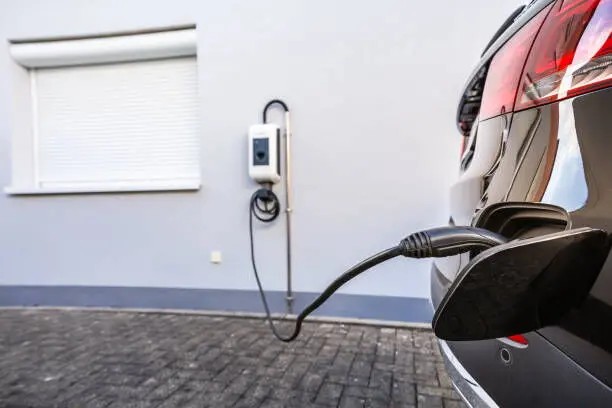


Troubleshooting Common Home EV Charger Issues: A Practical Guide
Troubleshooting Common Home EV Charger Issues: A Practical Guide
Electric vehicles (EVs) are reshaping modern transportation, and with them, home EV chargers have become essential for convenient, everyday charging. But what happens when your home charger malfunctions? From slow charging speeds to software glitches, issues can be frustrating—but most are solvable with some basic troubleshooting.
This guide explores common home China EV charger problems and offers step-by-step solutions to get your charging back on track.
1. Inconsistent Charging Speeds
Charging times that suddenly lengthen or fluctuate are common complaints. Causes may include power supply instability, faulty cables, or problems with your vehicle’s onboard charger. Identifying the root cause is key.
2. Connector Compatibility Problems
With multiple charging standards (Type 1, Type 2, CHAdeMO, CCS), mismatched connectors or improper adapters can cause errors or even damage equipment. Ensuring correct compatibility is crucial.
3. Software Glitches
Modern chargers with smart features rely on firmware and apps, which sometimes develop bugs. These can disrupt charging or falsely report faults.
1. Fixing Inconsistent Charging Speeds
Check the Power Source: Confirm your home electrical system is stable. Look for flickering lights or tripped breakers. Ideally, use a dedicated circuit for your EV charger.
Inspect Charging Cable: Look for damage, kinks, or heat buildup. Replace cables showing wear immediately to avoid safety risks.
Evaluate Vehicle Charger: Check your EV’s dashboard for warnings. If needed, schedule a dealership diagnostic.
2. Resolving Connector Compatibility Issues
Verify Connector Types: Match your EV’s port with your charger’s connector. Use manufacturer-approved adapters only.
Upgrade Equipment: Consider chargers supporting multiple standards if you change vehicles. Always buy certified, compliant products.
Avoid DIY Fixes: Never force connectors or attempt unauthorized modifications.
3. Addressing Software Glitches
Reset Your Charger: Unplug it for 30–60 seconds, then reconnect and retry charging.
Update Firmware: Use the charger’s app or website to install the latest software. Enable auto-updates if available.
Contact Support: Report persistent problems to the manufacturer with error details; you may qualify for repair or replacement under warranty.
Check Time-of-Use Settings: Make sure charging schedules aren’t delaying sessions. Temporarily disable these to test.
Verify Wi-Fi Connectivity: Restart your router and reconnect your charger’s network if smart features fail.
Monitor Circuit Load: A dedicated, properly rated breaker prevents overloads. Consult an electrician if breakers trip often.
Seek expert help if you notice:
Burning smells or sparks
Frequent breaker trips
Charging stops unexpectedly
Persistent error codes after resets
Certified electricians and EV charger technicians can safely diagnose and repair complex issues.
Keep chargers dry and clean; use weatherproof covers outdoors.
Store cables neatly, avoiding tangles and damage.
Inspect cables and plugs monthly.
Periodically test charging speeds to track performance.
Home EV chargers are reliable but not immune to issues. Most problems can be fixed with simple checks and resets. Understanding common faults and how to troubleshoot them empowers EV owners to maintain smooth, efficient home charging.
If problems persist, contacting a certified technician or your charger’s manufacturer ensures safety and restores peace of mind—keeping your EV ready for every journey.Know more about Google SEO Directory
